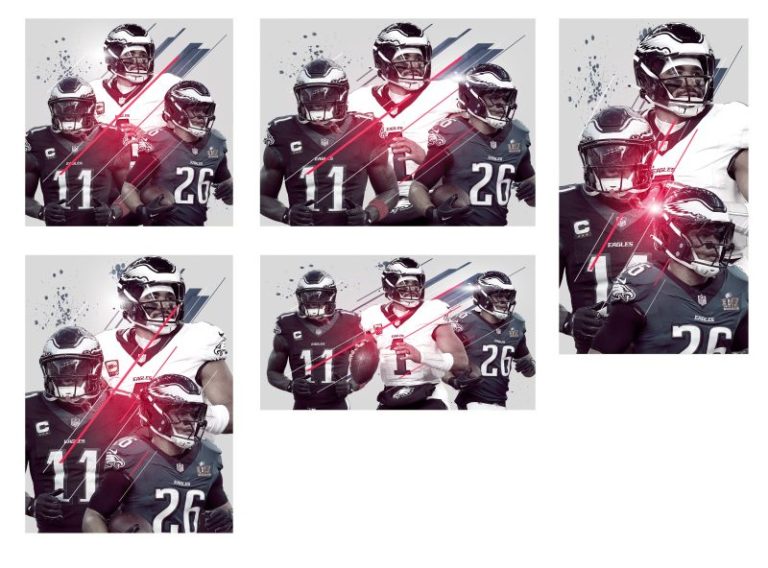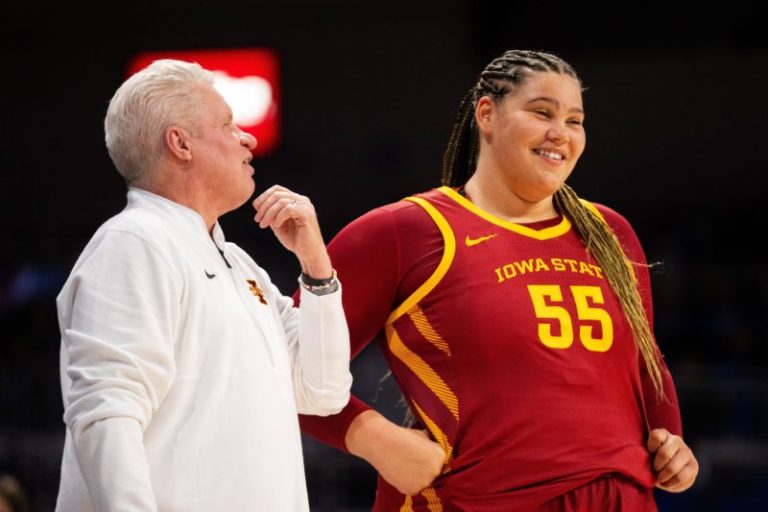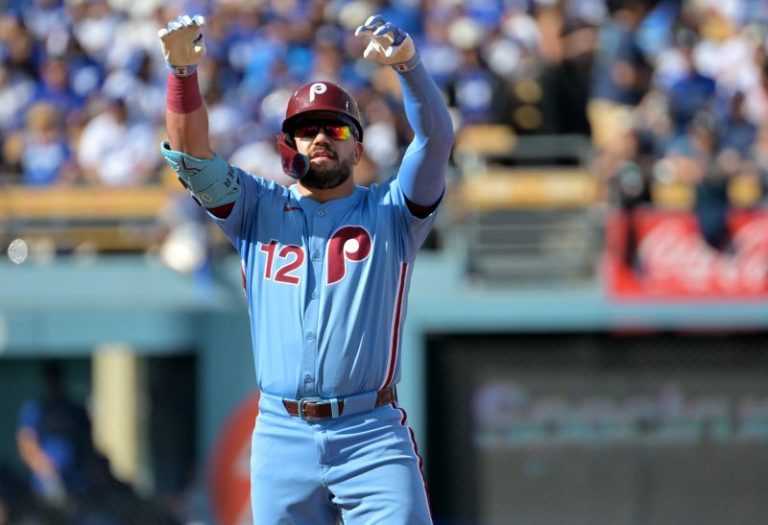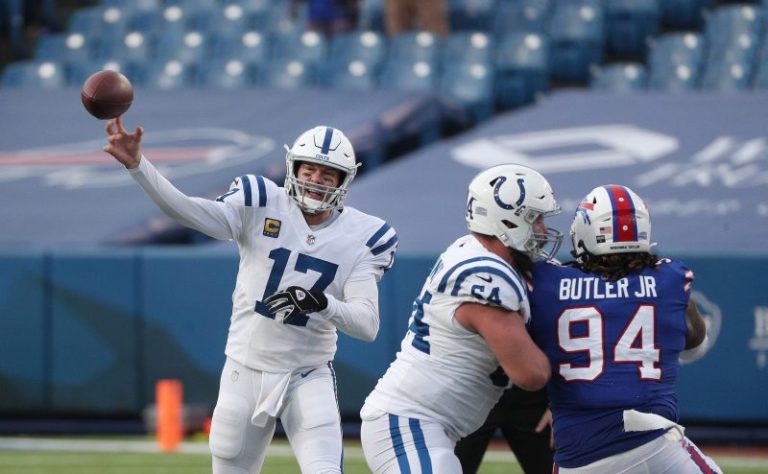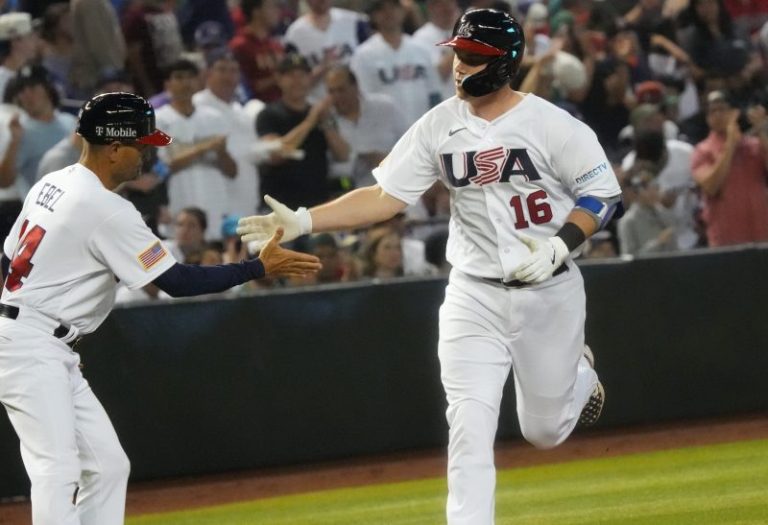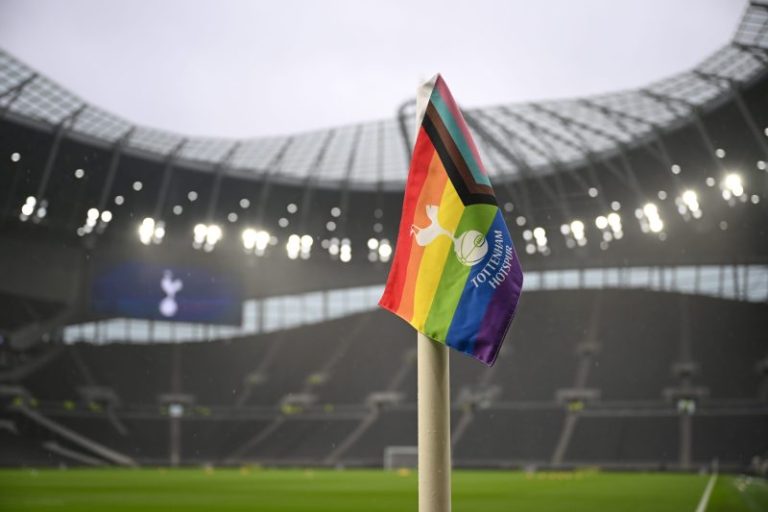We must have this league pegged given there was just one change in the top 10.
The Detroit Lions and Los Angeles Chargers made significant jumps in the rankings, moving up four and seven spots, respectively.
The Chicago Bears experienced a notable drop, falling from the NFC’s top projected playoff seed to seventh after Sunday’s loss.
NFL power rankings entering Week 15 of the 2025 season (previous rank in parentheses):
1. Los Angeles Rams (1): They’re holding steady at No. 1 − Sunday’s 45-point outburst, a season high, indicative that their Week 13 stumble in Charlotte was fairly fluky. Matthew Stafford continues to play like the MVP favorite, whether or not he’s actually the league’s best quarterback. He can further burnish his case Sunday if LA is able to stave off Stafford’s former club, the formidable Lions, and thereby wrap up the NFC’s first playoff berth.
2. New England Patriots (2): They’re holding steady at No. 2 − though they lost their grip on the AFC’s No. 1 seed during their bye week. Drake Maye continues to play like the MVP runner-up, whether or not he’s actually the league’s second-best quarterback. He can further burnish his case Sunday if New England is able to complete a season sweep of the Bills and wrap up its first AFC East crown since 2019.
5. Denver Broncos (5): They’re holding steady at No. 5 − but it could be tough to stay there, and on top of the AFC, given the only opponent among their final four not projected to reach the playoffs … is Kansas City. But beat the Pack on Sunday, and the Broncos secure a postseason invite.
8. Detroit Lions (12): It’s amazing how many good players coach Dan Campbell and GM Brad Holmes have amassed here − and a shame so many of them are sidelined. But Jahmyr Gibbs, who needs to be recognized as the league’s premier running back at this point, fortunately remains in the lineup for a team still capable of offensively overwhelming its competition.
10. San Francisco 49ers (10): They’re holding steady at No. 10 − and even moved up a spot in the wild-card standings during their much-needed bye week. The Niners are also just a game off the NFC West lead but only have one more divisional game (Seattle) while the Seahawks and Rams seem to face a tougher final month.
11. Chicago Bears (8): It’s been a fantastic ride in Year 1 with Johnson. Yet it also feels like the bottom could fall out at any point following a weekend when the Bears dropped from the NFC’s first seed to its seventh. Chicago’s final three games are against Green Bay, San Francisco and Detroit.
13. Philadelphia Eagles (11): If a team goes as its quarterback goes? Jalen Hurts doubled his season turnover total from five to 10 on Monday night, becoming the first player since the league expanded to a 16-game schedule in 1978 to commit two giveaways on a single play. After going to two Super Bowls in three seasons, it’s sure starting to feel like Philly will now experience two cheesesteak meltdowns in three seasons.
14. Carolina Panthers (17): Quite the bye week. Not only did they move into a first-place tie atop the NFC South, they now control their destiny. Simply Sweep the Bucs in Weeks 16 and 18, and the Panthers win the division for the first time since they went to Super Bowl 50 … which, coincidentally, was in Santa Clara, also the site of Super Bowl 60 this season.
18. Cincinnati Bengals (20): Who would have thought DE Trey Hendrickson would be shut down before QB Joe Burrow? Whatever. Score 40 points a week, and they’ll be fine. Maybe.
22. Indianapolis Colts (13): When you’re recycling a 44-year-old quarterback who hasn’t played in five years, then the writing is pretty much on the wall.
28. Cleveland Browns (23): Rookie QB Shedeur Sanders will start the rest of the way − and is already fomenting quite a dilemma for a team that once seemed certain to spend one of its 2026 first-round picks on another passer.
30. Atlanta Falcons (27): They definitely won’t secure the No. 1 pick in the 2026 draft … because the Rams own it, and this ain’t the NBA.
31. Las Vegas Raiders (31): If the season ended today, they would own the No. 1 pick in the 2026 draft − and a team with such a glaring need at quarterback sure could use Indiana’s Fernando Mendoza.

